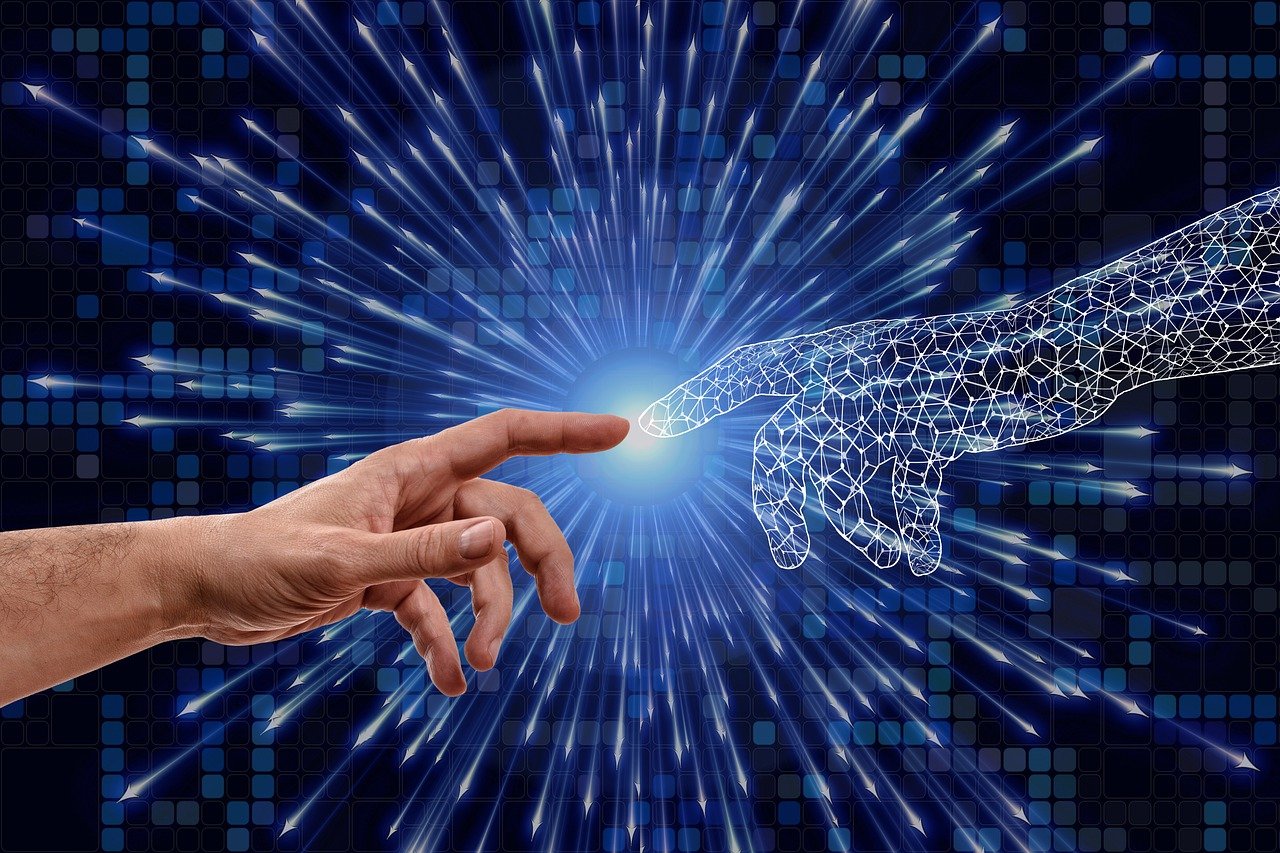What does the term “Big Data” mean?

 22 June 2023
22 June 2023 In today’s world, where technology is rapidly evolving and changing, the need to update knowledge is becoming extremely important. Especially in the IT industry, where new tools, programs, and technologies are emerging at the speed of light. And foreign-language definitions of concepts and terms are entering the everyday life of employees and managers at the speed of sound.
Today, let’s talk more about the term “Big Data” because it is often translated literally. What does it really mean and where is it used?
________
The term “Big Data” refers to large volumes of data characterized by high velocity, variety, and complexity. It describes large data sets that exceed the capacity of traditional methods of processing and managing information.
________
The main characteristic of Big Data is threefold “V”:
1. Volume: Big Data refers to large volumes of data that typically cannot be processed and analyzed using traditional methods. It can come from a variety of sources, such as social media, sensors, websites, transactions, and many others.
2. Velocity: Big Data is characterized by a high rate of data flow. It can come in real time or at high speed from various sources. For example, data from streaming services, smartphones, or IT devices.
3. Variety: Big Data is diverse in nature. It can include structured data, such as databases, and unstructured data, such as texts, images, video, audio, social media, etc. The diversity of data poses challenges to its processing and analysis.
In a general sense, “Big Data” can be applied in almost any industry where there is a need to process a large amount of data to obtain valuable information and make informed decisions.
Business and marketing:
Companies use “Big Data” to analyze large amounts of data about consumers, markets, trends, and the competitive landscape. This allows them to make better decisions about advertising, product development, and marketing strategies.
Finance and banking:
Large financial institutions use “Big Data” to analyze large volumes of financial data, detect fraud, identify risk factors, and predict market trends.
Medicine and healthcare:
The use of “Big Data” in medicine allows analyzing large amounts of medical data, clinical trials, patient information, and the links between symptoms and treatment. This helps improve diagnostics, develop new drugs, and predict diseases.
Telecommunications:
“Big Data” in telecommunications is used to analyze large amounts of data about the use of mobile networks, communication connections, and user behavior. This helps telecom operators improve service quality, forecast demand, and solve network problems.
Transportation and logistics:
Large amounts of data on vehicle movements, routing, cargo, and logistics operations can be analyzed using “Big Data”. This allows you to optimize routes, reduce delivery times, lower fuel costs and improve the overall efficiency of logistics processes.
“Big Data” requires the use of specialized tools, technologies, and algorithms to collect, store, process, and analyze these large amounts of data. They can help companies perform predictive analytics, gain valuable insights, identify trends, and make better decisions based on objective data. To improve business processes, we offer a variety of integrated solutions for different business areas.
To find solutions and consultations, please contact INLIMITED
Тел.+380 44 222 9189 та hello@inlimited.ua

 +38 044 222 91 89
+38 044 222 91 89  hello@inlimited.ua
hello@inlimited.ua